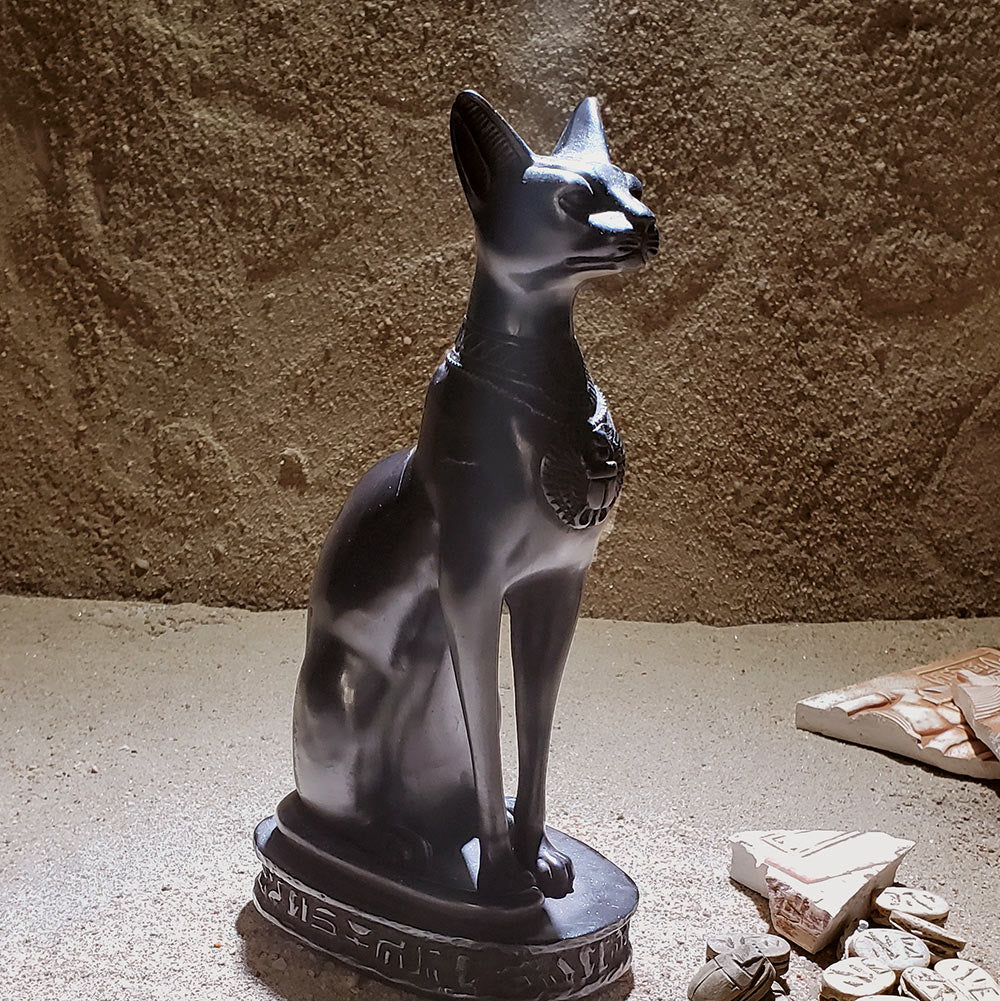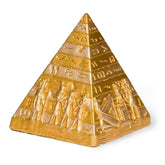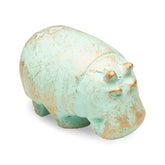The Sound and Light Show at Karnak Temple
Shopping at the Market in Luxor, Egypt
Exploring the Ramesseum - Ramses II's Majestic Mortuary Temple
How our statues are made: Egyptian collectibles made in Luxor, Egypt
Tomb of Rekhmire: A Glimpse into the Life and Legacy of an Ancient Egyptian Vizier
Exploring the Tomb of Ramose in Ancient Thebes
Egyptian Travel: The Tomb of Prince Amenherkhepshef















